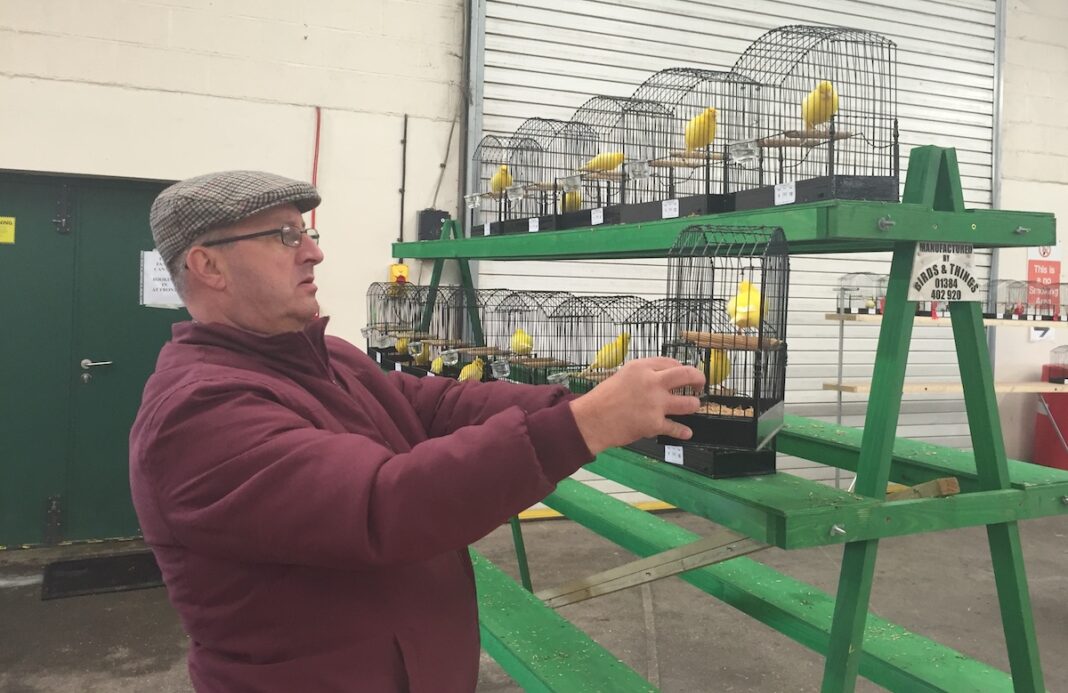TERRY KELLY on a system that ensures judging decisions are made without undue influence
TO ASSESS Fife canaries at the final stages at a specialist Fife show is never easy, because at that stage all the birds should be of a high quality.
Judging is also rather subjective and is often influenced by individual preferences. In this respect, I am no better than the next man: perhaps I have a near-obsession with breadth of shoulder and neat wings.
Problems can arise when you have three or more judges at a large show. And the two largest Fife shows in the world – the North of England and the Midlands – usually employ seven judges to adjudicate on well over 1,000 Fifes. You will never get that number of judges to agree on one bird. Therefore, this is when a little bit of friction can occur, with some top judges overtly wanting to influence proceedings.
The North of England FFCC show manager Steve Cook introduced a system whereby this problem is overcome. Prior to judging the colour specials, all of his seven judges are given a sheet of paper to write down their choice of best clear from the four exhibits, plus a sheet for their best lightly variegated, and so on down the line. This they do individually – it’s like a blind vote at the ballot box.
Judges can take their time, free from intimidation and influence, in choosing their own individual winners. There is no advantage in two or three of them dashing off like whippets to work on the next four winning exhibits and gain an advantage. Then, once the colour winners are decided, the judges are given another piece of paper to choose their best in show, etc.
I love that system. This year I am judging the North of England FFCC and I know I can take all the time in the world, within reason, in choosing my own section winners in total concentration. I can look at the birds from every angle, from end on, from above, with no undue external pressure.
This system also works well for less experienced judges who can sometimes feel intimidated by more “experienced” older officials.
I would recommend that all show managers of large specialist Fife canary shows should consider introducing such a system.
Camaraderie
Finally, I would emphasise and remind fanciers that keeping Fife canaries is a hobby to be enjoyed and not a vehicle for social media rhetoric, as can appear to be the case.
Recently I have been enjoying the process of pairing up on paper and visually my breeding season plans for the 2024 breeding season.
I have kept canaries for more than 60 years and I am as eagerly looking forward to seeing my first egg shells on the cage floor, just as I was all those years ago… perhaps even more so.
The show season is also an exciting period, whether you are judging or showing, but in addition to seeing top quality Fifes I love the camaraderie among fellow fanciers.
Last show season, I particularly enjoyed the Scottish FFCC show. It was so well organised by Ryan Wood, with nice touches like floral arrangements and a lovely parcel of Scottish goodies such as whisky and shortbread for the judges. The atmosphere and humorous banter were second to none. I look forward to returning there in the future.
Our camaraderie and the fun aspects of our hobby should always be enjoyed to the full – and anyone who has spent a night in a pub the night before a show with Matt Eld will know exactly what I mean!
Terry Kelly is the author of the definitive book on the variety: The Fife Canary. See his website: fifecanaries.com
Find more news and articles like this on the Cage & Aviary Birds website. Subscribe to Cage & Aviary Birds magazine now.


